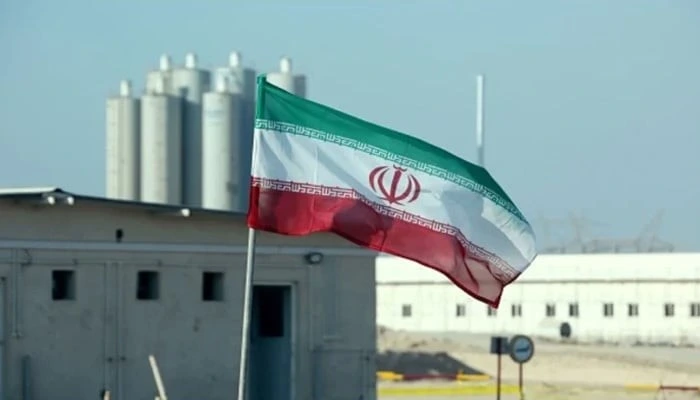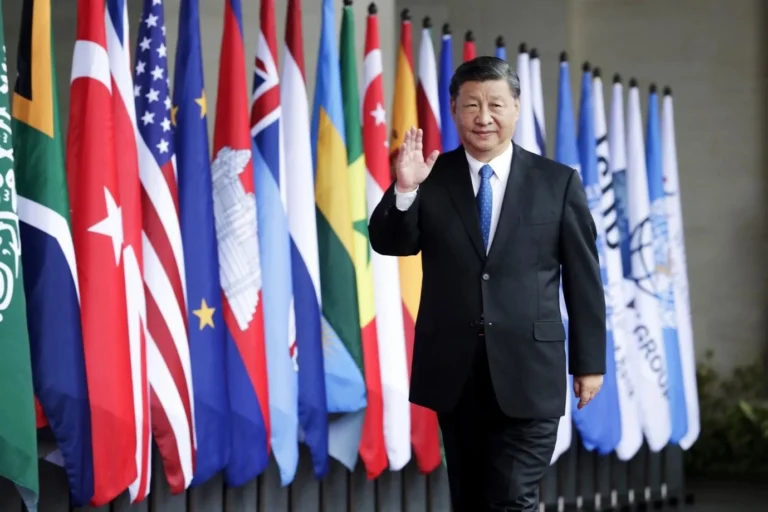Pakistan China Ties Strengthening CPEC and Shared Global Goals

Pakistan China Ties Strengthening CPEC and Shared Global Goals
Prime Minister Shehbaz Sharif’s recent trip to Beijing was not just another round of handshakes. His meeting with President Xi Jinping gave a clear signal that Pakistan and China want to take their partnership into a new phase. So, both sides keep calling it “ironclad”, and this is not an exaggeration. Even during wars, regional turbulence, and changing governments, their relationship has remained steady.
Thus, now with an expanded vision for the China Pakistan Economic Corridor (CPEC) and closer alignment on global issues, it looks growing even deeper.
More than roads and power plants
Moreover, when people hear about “CPEC,” they usually think highways, ports, and power stations. This development was just in phase one. Recently, what Mr. Sharif and Mr. Xi talked about goes farther the first phase. The project is being expanded into five new areas and they are growth, livelihood, innovation, green development, and people to people exchange.
This might sound like jargon, but it is practical. “Growth” is about industrial parks, trade, and investment. Moreover, “livelihood” means improving agriculture and reducing poverty, so regular households are the focus of its benefits. “Innovation” covers science, IT, and the digital economy. The “green” part is obviously about climate resilience, renewable energy, and cleaner ways to grow. Similarly, word “open corridor” in the discussion is about culture, education, and bringing ordinary citizens into the relationship.
Thus, if all these discussed benefits materialized, CPEC would not only be about physical connectivity anymore. It will start shaping how Pakistan plugs into the global economy, and also pushing for more sustainable and inclusive development.

A safety net in tough times
Furthermore, Pakistan’s economy has been through the wringer in past few years. Inflation, energy shortages, and IMF negotiations have created fluctuations in its growth. So,
Xi’s reassurance that China will continue backing Pakistan’s stability and growth is not a small thing.
It is not just about loans or aids either. But Beijing is betting on long term investments in manufacturing, energy diversification, and digital infrastructure in Pakistan.
This step of China will create jobs, which is what people on the ground want.
Besides, another notable shift is the emphasis on making CPEC more people centered. Earlier projects did not always trickle down to local communities. If the new phase manages to change its level of influence, it could help ease some of the criticism on CPEC.
Thinking beyond the neighborhood
Moreover, there was something else that stood out in the Beijing talks. It was the global angle regarding Pakistan and China relations. Both leaders talked about working together on broader peace, security, and development initiatives. Also, Pakistan has already expressed support for China’s Global Development Initiative and Global Security Initiative. These steps of China are its attempts to set a cooperative agenda at a time of global crisis.
Furthermore, for Islamabad, backing China in these forums gives it more visibility and relevance at the global level. For Beijing, having Pakistan as a consistent partner in South Asia strengthens its hand, as it pushes back against Western influence in the region.

The Bigger Picture
Moving forward, it can be analyzed that China-Pakistan bond is not just bilateral, it plays into wider geopolitics. Pakistan’s geography connecting South Asia, Central Asia, and the Middle East makes it critical for China’s Belt and Road Initiative. Thus, connection with Pakistan means China can secure trade routes and energy supplies, while deepening its reach across Asia.
For Pakistan, aligning closely with China provides a measure of balance in a tough neighborhood. So, with India’s rise, shifting US priorities, and Afghanistan’s uncertainty having Beijing’s backing offers a sense of security in the region. Of course, it also limits Pakistan’s room to maneuver diplomatically, but Islamabad seems comfortable with that tradeoff.
Not Just About governments
One thing that often gets overlooked in these grand announcements is the human element. When leaders talk about an “open corridor” for cultural and educational exchange, it is about students studying across borders, tourism, and ordinary people forming their own impressions of each other. This may not grab the headlines at the spot, but in the long run, it is these ties that keep relationships steady, no matter who is in power.

No Rose Colored Glasses
It is worth noting that there are real challenges. Security around CPEC projects has been a problem, and Chinese workers in Pakistan have been targeted before. Besides, bureaucratic delays and uneven implementation have also slowed things down. Both sides know these are sticking points, and unless they are addressed seriously, the lofty talks of upgraded corridors could lose momentum.
Similarly, there is also the question of how much Pakistan can realistically absorb. Big projects require good governance and transparency. If this new phase of CPEC is done under more accountability and local involvement, it can be successful.
Looking ahead
What came out of the Sharif and Xi meeting was not just a reaffirmation of “friendship as high as the Himalayas” (a phrase Pakistani and Chinese leaders love to repeat), but it was also a roadmap for broadening that friendship into new areas like technology, climate, people’s welfare, and global cooperation.
Moreover, Pakistan needs stability and investment and China wants reliable partners and secure trade routes. Hence, the overlap is obvious, and that is why their relationship keeps moving forward.
If this upgraded CPEC can deliver tangible benefits on the ground which may include jobs, better services, and cleaner energy, then ordinary Pakistanis will start to see China not just as a distant ally, but as a real contributor to their daily lives. So, this could be the biggest win of all.
The views and opinions expressed in this article are exclusively those of the author and do not reflect the official stance, policies, or perspectives of the Platform.











